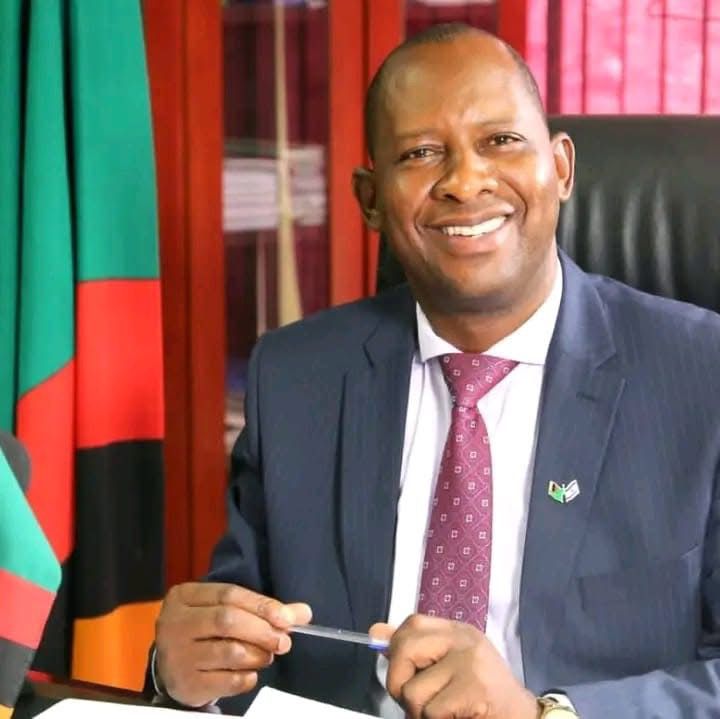ZAMBIA is likely to receive normal to above-normal rainfall during the 2025/2026 rainy season, but the government is urging the nation to prepare for possible floods, disease outbreaks and infrastructure damage.
Delivering a ministerial statement to parliament yesterday, minister of Green Economy and Environment Mike Mposha, cautioned that while the improved forecasts brings a chance to recover from two difficult gears, it also presents new threats that demand urgent planning across all sectors.
Mposha highlighted that peak rainfall months will be December, January and February, influenced by a mild La Niña event and favourable sea surface temperatures in the Indian Ocean, which together will increase moisture flow into Zambia.
“This rainfall pattern is a welcome opportunity to help our farmers rebuild after two difficult seasons marked by drought and delayed rains, however, with heavier rains comes a heightened threat of flash flooding, river floods, and outbreaks of diseases like cholera and malaria,” the minister said.
He stated that farmers in regions with delayed rainfall are advised to wait for steady rain before planting crops to avoid seed failure.
Mposha reflected on the recent climate hardships, recalling how the 2023/2024 drought, driven by El Niño, caused maize yields to drop by more than half, putting millions at risk of food shortages and pushing up prices.
“The subsequent season’s erratic rain arrival further complicated recovery efforts.”
To enhance the country’s weather monitoring and forecasting capacity, government has installed over 200 automated weather stations and set up rain gauges in more than 300 agricultural camps across all districts.
“For the first time, every district in Zambia has access to modern weather observation facilities, alongside this infrastructure, we have trained over 600 agricultural extension officers to ensure that farmers receive timely and locally relevant weather information,” he said.
He stressed that the forecast is not just a prediction but a critical tool for multiple sectors to prepare for the expected weather conditions.
“Health officials must ramp up monitoring of diseases and stockpile essential medicines to manage anticipated increases in malaria and waterborne illnesses,” he said.
“Disaster management agencies and local governments should inspect and strengthen vulnerable infrastructure such as bridges and drainage systems and have contingency plans ready.”
Mposha further noted that the Zambia Meteorological Department will continue to provide regular updates and warnings through multiple platforms, including local radio stations, mobile SMS alerts, and online channels.
By Sharon Zulu
Kalemba October 3, 2025





